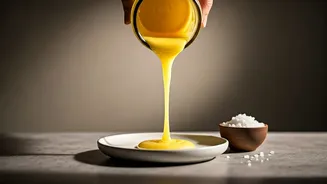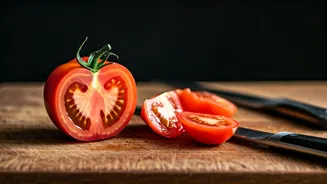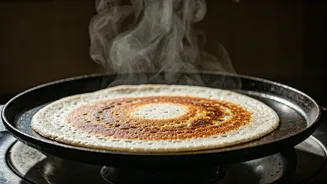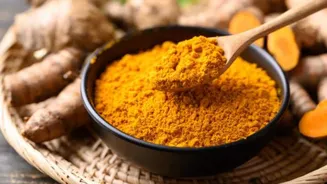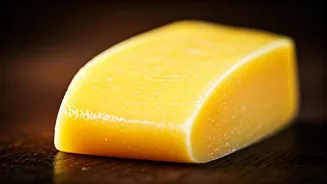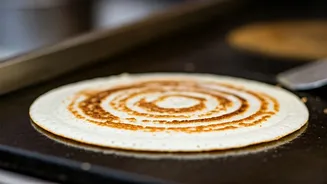The Warm-Up Test
The first method involves a warming process to expose potential adulteration. Take a spoonful of ghee and place it in a clean utensil. Gently heat the
ghee until it melts completely. Observe the melting process closely. Genuine ghee melts uniformly, turning a clear, transparent liquid. If the ghee doesn't melt evenly, or if you observe any residue or particulate matter settling at the bottom, it's a strong indication that the ghee might be mixed with other fats or ingredients. This is a quick visual assessment that anyone can perform, offering an initial clue about the purity of the product. The presence of any foreign substances during the melting process is a clear warning sign, prompting further investigation to confirm authenticity.
The Grain Test
This test focuses on the granularity of the ghee when it solidifies. After melting a sample of ghee, allow it to cool and solidify at room temperature. Authentic ghee, as it cools, should form distinct, grainy crystals. These crystals are a characteristic sign of pure ghee. If the ghee solidifies into a smooth, uniform texture without any graininess, it could signify the presence of added vegetable oils or other substances that alter its natural crystallization pattern. The absence of these grains is a red flag, prompting you to consider that the product may not be entirely pure. This method leverages the natural properties of ghee, giving a clear indication of its quality by examining the solidification process.
The Iodine Solution
The iodine test provides a more chemical-based approach to detect adulteration, specifically the presence of starch. To conduct this test, take a small amount of ghee and mix it with a few drops of iodine solution. If the ghee is pure, the iodine solution will not cause any significant color change. However, if the ghee contains starch, which is often added as a filler or to imitate the texture of ghee, the iodine will react, turning the mixture blue or purple. This color change indicates that starch is present, revealing an impurity. This method is particularly useful because starch is often added to mimic the appearance and mouthfeel of ghee, making this test a reliable indicator of its authenticity.
